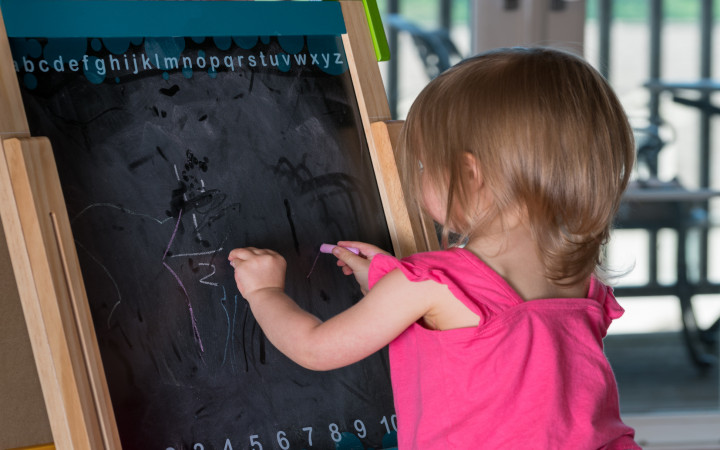Today’s Wonder of the Day was inspired by Patty. Patty Wonders, “Can you train yourself to become ambidextrous?” Thanks for WONDERing with us, Patty!
Before we get into today’s Wonder of the Day, let’s try something out. Grab a pencil and paper. Got them? Okay, now hold the pencil in the hand you usually write with. Write your name on the piece of paper. Well, that was easy! But now, switch. Hold the pencil with your other hand, and write your name again.
If you’re like 99 percent of people, writing with your other hand was harder. But if you could write with both hands easily, congratulations! You may be ambidextrous.
Being ambidextrous means you can use both of your hands with equal skill. Whether you’re writing, brushing your teeth, or throwing a ball, you can do it just as well with either hand. While many left-handed people also use their right hands pretty well, very few people are truly ambidextrous. Only about one percent of people can do things equally well with either hand.
Can you remember choosing your dominant hand? Most people would say no! Using either the right or the left hand usually just feels more natural. So how is handedness determined?
Experts still disagree on the answer to that question. Some believe it’s genetic. They think children inherit handedness from their parents, just like hair and eye color. Others believe that handedness is learned. That would explain why most people are right-handed—adults taught them to use their right hands. Still other experts believe that handedness develops very early, possibly even in the womb.
Regardless of how handedness happens, many people have the same question. Can you train yourself to be ambidextrous? For a time, it was actually very popular to train people to be ambidextrous. They believed doing so would improve brain function, as people would be using both sides of the brain equally.
However, studies have shown no such connection. In fact, some have found the opposite. Some experts believe training a person to be ambidextrous can cause them to have difficulty in math, language, and logical reasoning. However, some people still try to become ambidextrous.
Are you WONDERing how? They start by doing small tasks, like drawing shapes or holding a glass of water, with their opposite hand. They slowly progress to more complicated activities, like brushing their teeth or eating. They might start wearing their watch on the opposite wrist. After much practice, some people do improve the ability of their opposite hand. However, truly equal skill with both hands is very difficult to achieve.
Are you ambidextrous? You’re in good company! Have you ever heard of Leonardo da Vinci? How about Albert Einstein? Does the name “Benjamin Franklin” ring a bell? All of these famous people were equally skilled with both hands. Will your name be added to the list next?
Standards: NGSS.LS1.A, NGSS.LS3.A, CCRA.R.4, CCRA.L.3, CCRA.L.6, CCRA.R.1, CCRA.R.2, CCRA.R.10, CCRA.W.2, CCRA.L.1, CCRA.L.2, CCRA.SL.1




